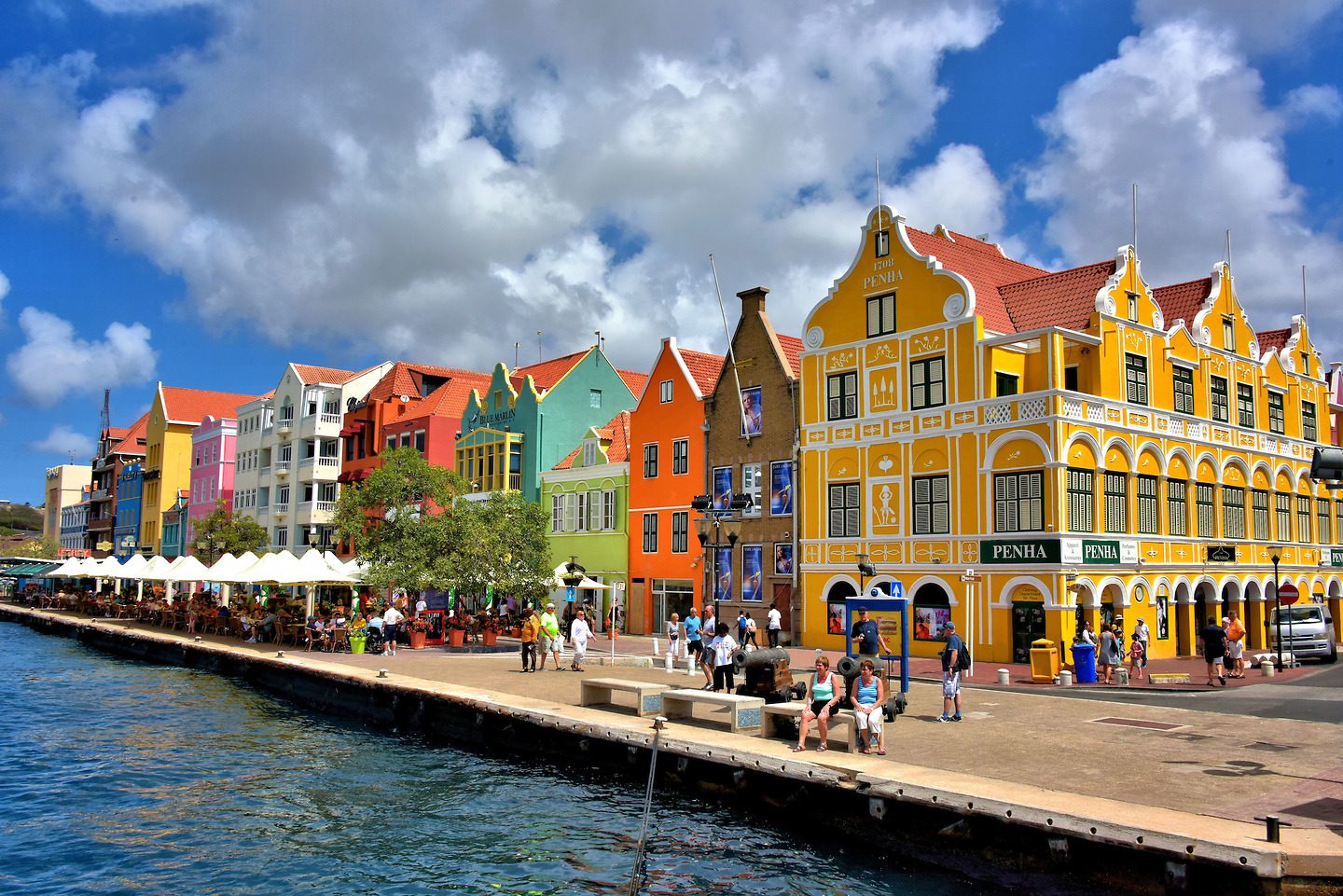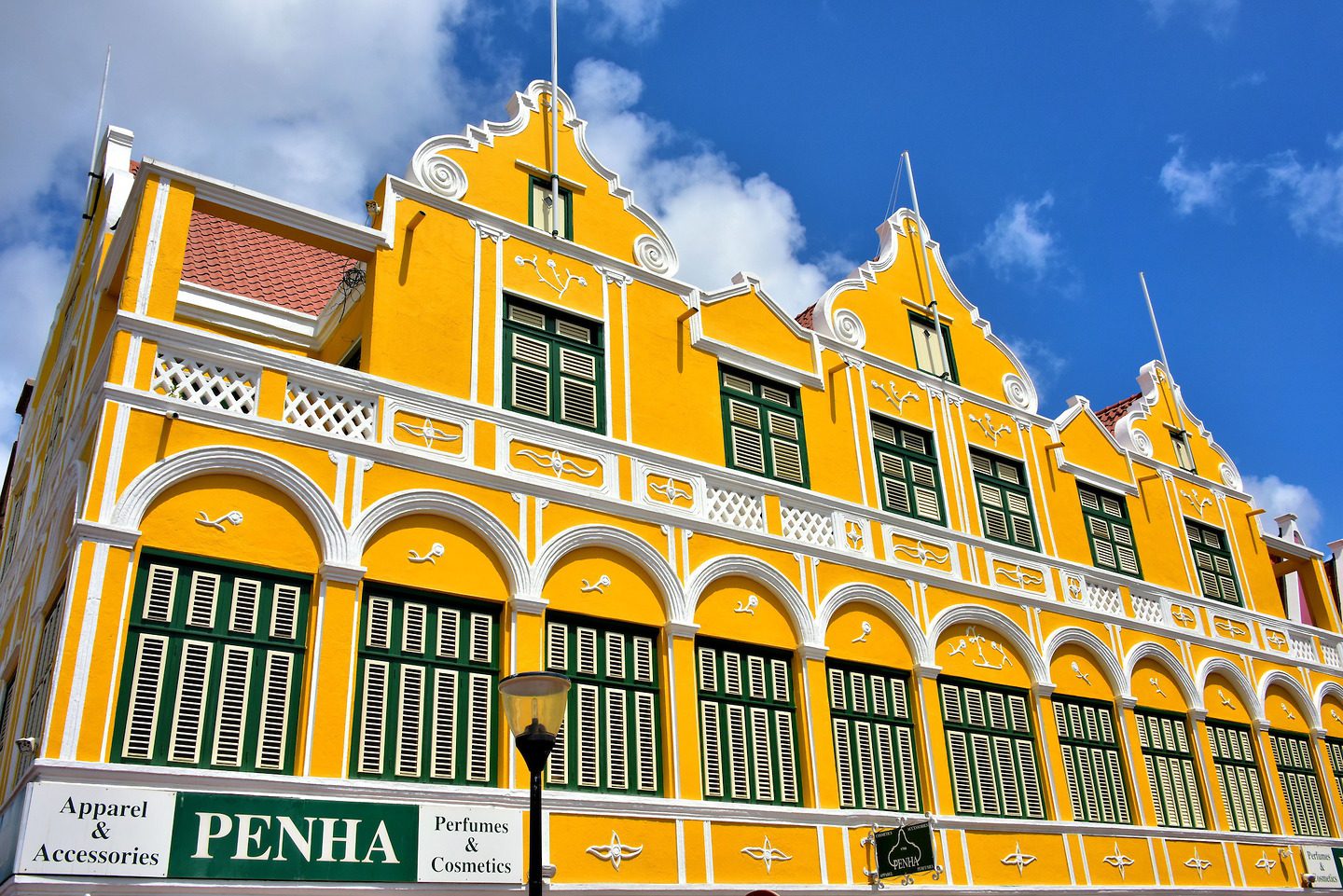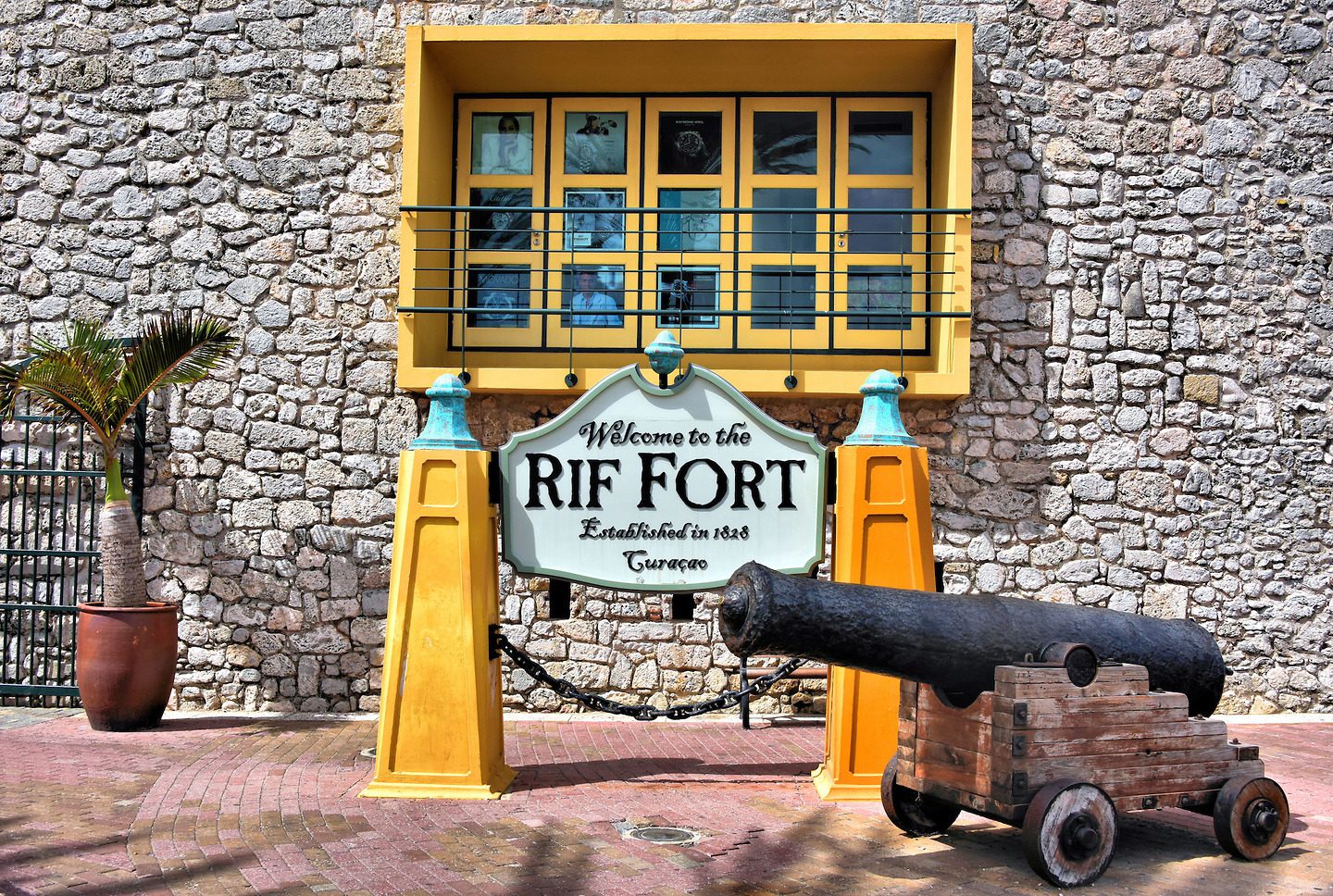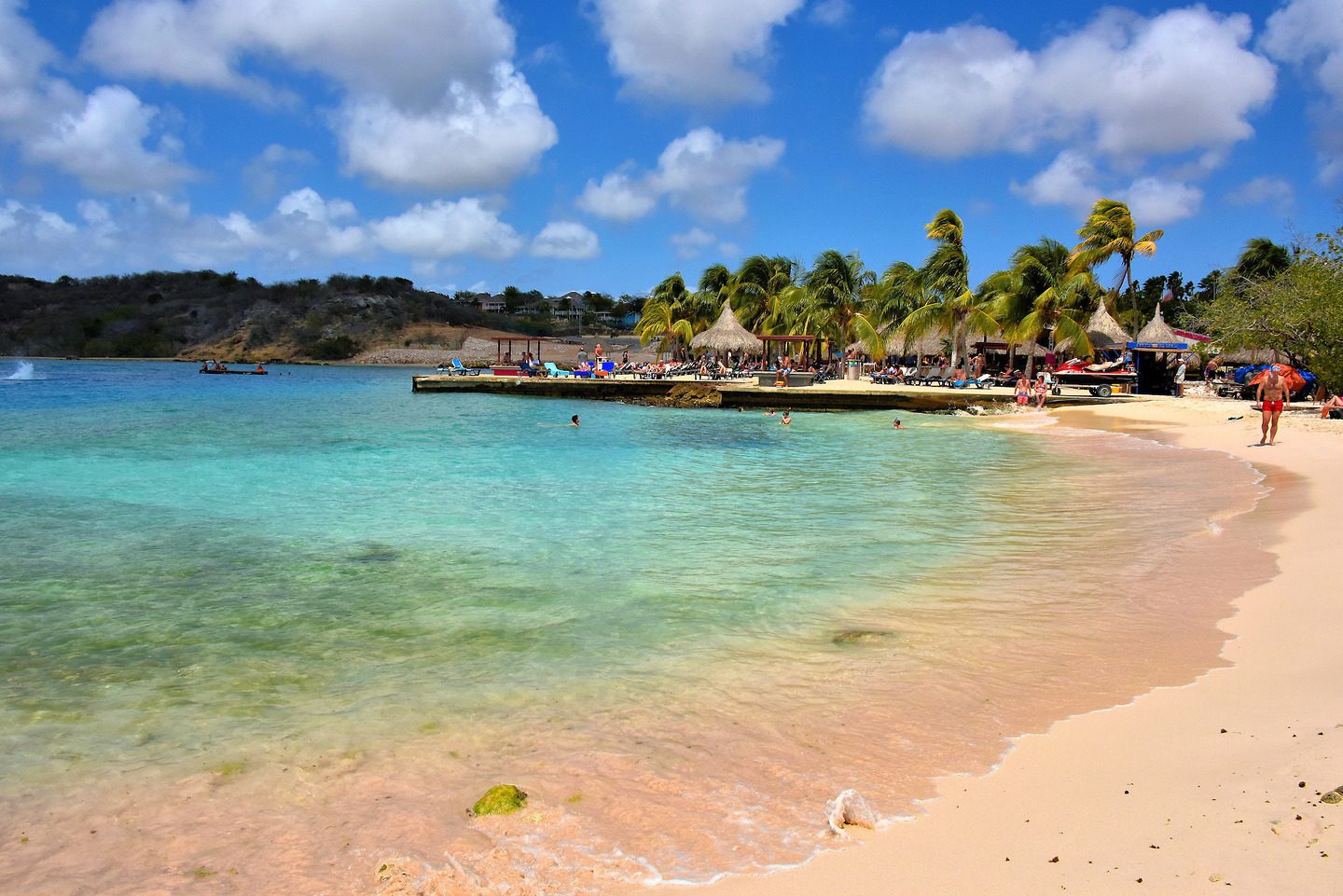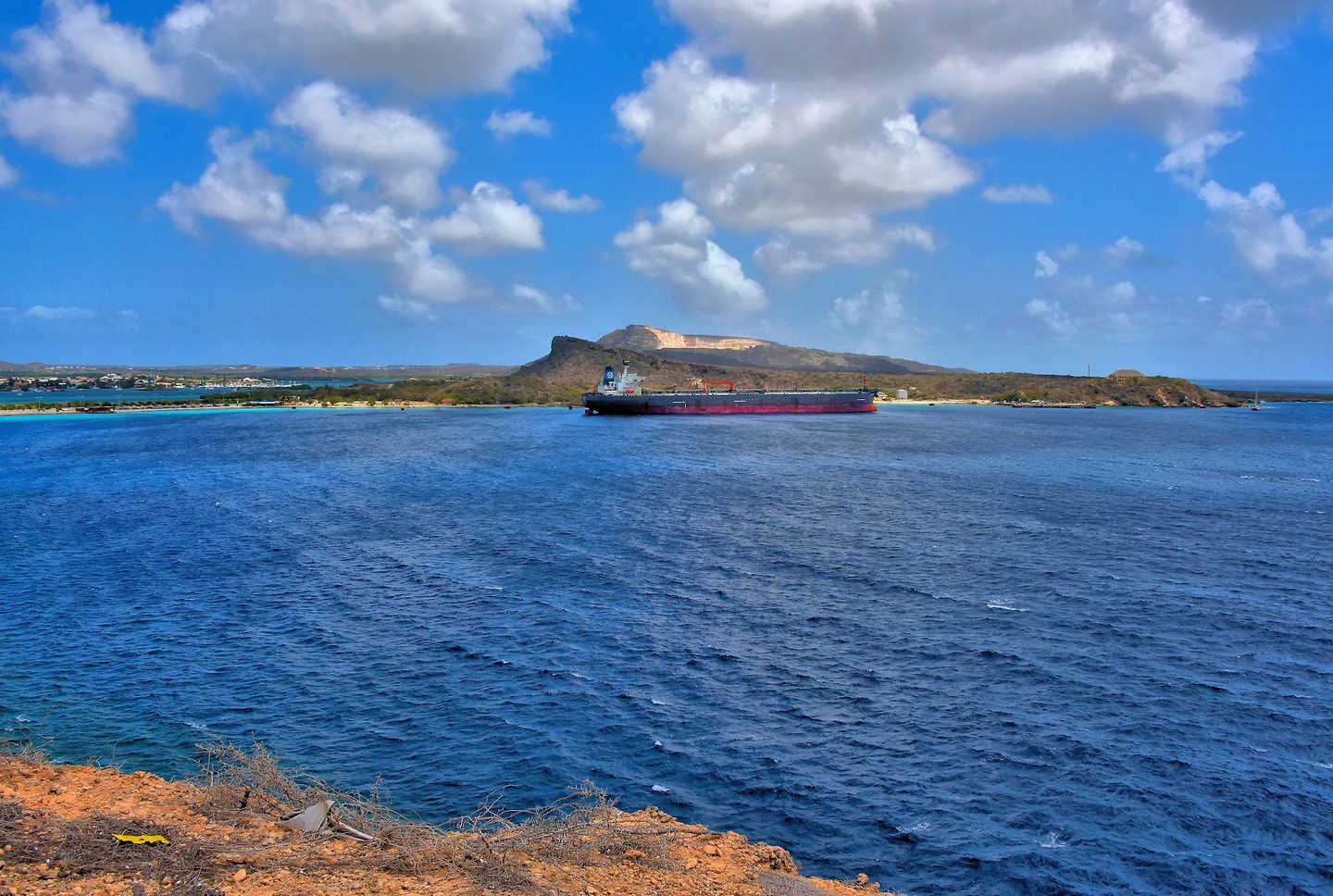Curaçao is the largest and most populated of the Dutch ABC Islands. The historic district of Willemstad is divided by the St. Anna Bay into two sides: Punda and Otrobanda. The entire charming, colorful capital city is an UNESCO World Heritage Site. You will also enjoy the beaches.


